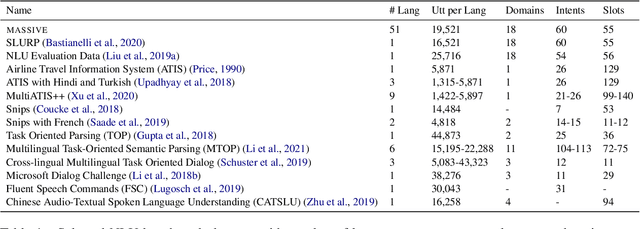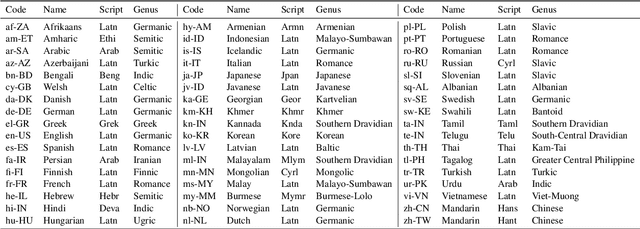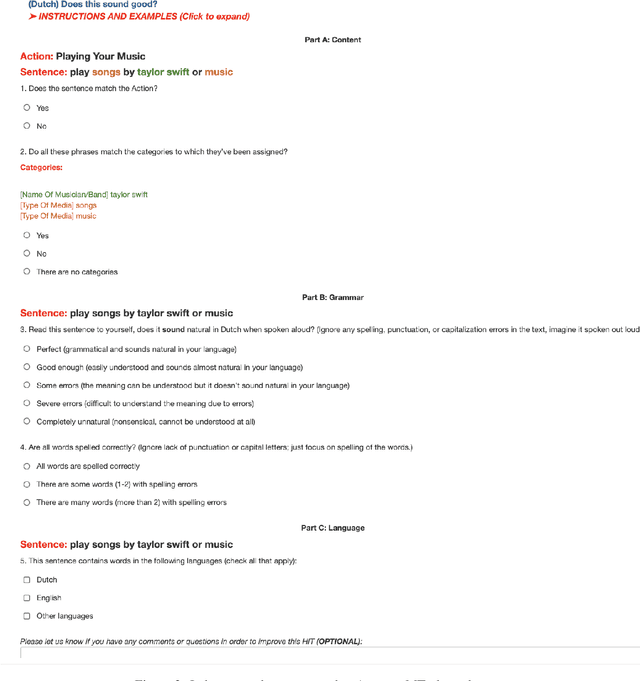Kay Rottmann
A Survey on Knowledge Editing of Neural Networks
Oct 30, 2023Abstract:Deep neural networks are becoming increasingly pervasive in academia and industry, matching and surpassing human performance on a wide variety of fields and related tasks. However, just as humans, even the largest artificial neural networks make mistakes, and once-correct predictions can become invalid as the world progresses in time. Augmenting datasets with samples that account for mistakes or up-to-date information has become a common workaround in practical applications. However, the well-known phenomenon of catastrophic forgetting poses a challenge in achieving precise changes in the implicitly memorized knowledge of neural network parameters, often requiring a full model re-training to achieve desired behaviors. That is expensive, unreliable, and incompatible with the current trend of large self-supervised pre-training, making it necessary to find more efficient and effective methods for adapting neural network models to changing data. To address this need, knowledge editing is emerging as a novel area of research that aims to enable reliable, data-efficient, and fast changes to a pre-trained target model, without affecting model behaviors on previously learned tasks. In this survey, we provide a brief review of this recent artificial intelligence field of research. We first introduce the problem of editing neural networks, formalize it in a common framework and differentiate it from more notorious branches of research such as continuous learning. Next, we provide a review of the most relevant knowledge editing approaches and datasets proposed so far, grouping works under four different families: regularization techniques, meta-learning, direct model editing, and architectural strategies. Finally, we outline some intersections with other fields of research and potential directions for future works.
The Massively Multilingual Natural Language Understanding 2022 (MMNLU-22) Workshop and Competition
Dec 13, 2022Abstract:Despite recent progress in Natural Language Understanding (NLU), the creation of multilingual NLU systems remains a challenge. It is common to have NLU systems limited to a subset of languages due to lack of available data. They also often vary widely in performance. We launch a three-phase approach to address the limitations in NLU and help propel NLU technology to new heights. We release a 52 language dataset called the Multilingual Amazon SLU resource package (SLURP) for Slot-filling, Intent classification, and Virtual assistant Evaluation, or MASSIVE, in an effort to address parallel data availability for voice assistants. We organize the Massively Multilingual NLU 2022 Challenge to provide a competitive environment and push the state-of-the art in the transferability of models into other languages. Finally, we host the first Massively Multilingual NLU workshop which brings these components together. The MMNLU workshop seeks to advance the science behind multilingual NLU by providing a platform for the presentation of new research in the field and connecting teams working on this research direction. This paper summarizes the dataset, workshop and the competition and the findings of each phase.
* 5 pages
MASSIVE: A 1M-Example Multilingual Natural Language Understanding Dataset with 51 Typologically-Diverse Languages
Apr 18, 2022



Abstract:We present the MASSIVE dataset--Multilingual Amazon Slu resource package (SLURP) for Slot-filling, Intent classification, and Virtual assistant Evaluation. MASSIVE contains 1M realistic, parallel, labeled virtual assistant utterances spanning 51 languages, 18 domains, 60 intents, and 55 slots. MASSIVE was created by tasking professional translators to localize the English-only SLURP dataset into 50 typologically diverse languages from 29 genera. We also present modeling results on XLM-R and mT5, including exact match accuracy, intent classification accuracy, and slot-filling F1 score. We have released our dataset, modeling code, and models publicly.
 Add to Chrome
Add to Chrome Add to Firefox
Add to Firefox Add to Edge
Add to Edge